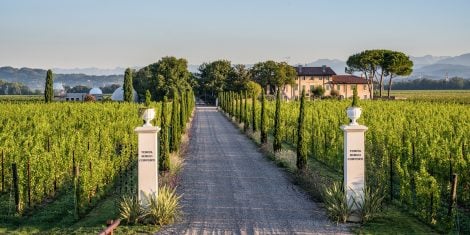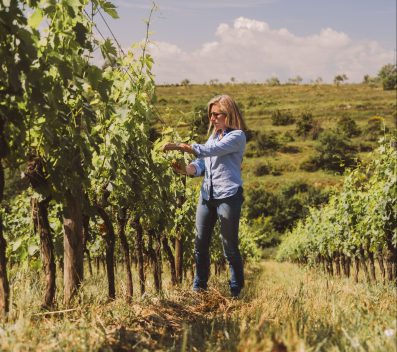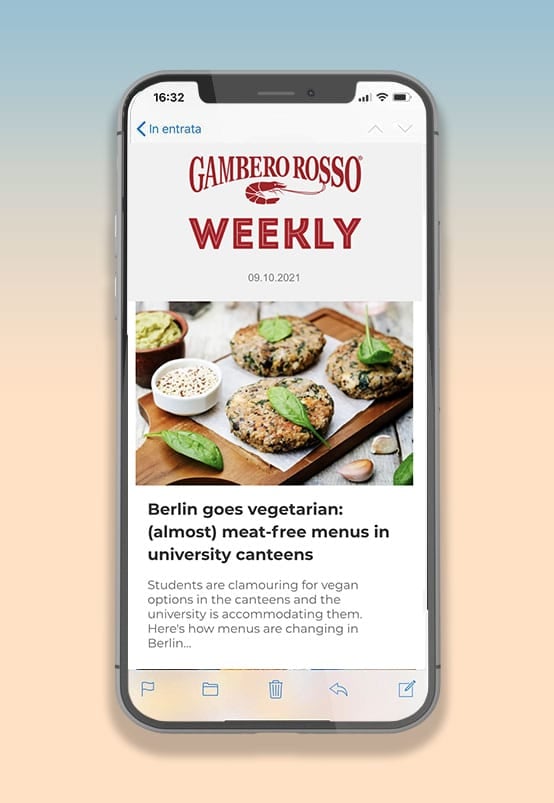The final decades of the last century saw the birth of numerous wines, many destined to become iconic, that strayed from the strict rules of production regulations, approaching the concepts of quality and terroir from a different, less traditional perspective. These were largely the wines now known as Supertuscans, born in those very years, but at the same time, there were producers who chose to renounce denominations even for historic and highly successful wines — like Angelo Gaja did with his Barbaresco crus at the time, or Roberto Anselmi, who on the brink of the new millennium gave up the Soave designation for his entire production.
A few years earlier, with the 1997 harvest, it was Franco Allegrini who made this choice, renouncing the Valpolicella Classico Superiore designation for La Grola, which was then one of the most compelling expressions of the area. Viewed from the nearby village of San Giorgio Ingannapoltron, the La Grola hill stands out like a limestone outcrop that emerged from the sea 17 million years ago, shaped for millennia by wind, sun, and ice, and only in the last “moments” tended by human hands — hands that have guided its evolution, adapted the terrain for viticulture, tackled climate change in recent decades, and gradually lightened their footprint.
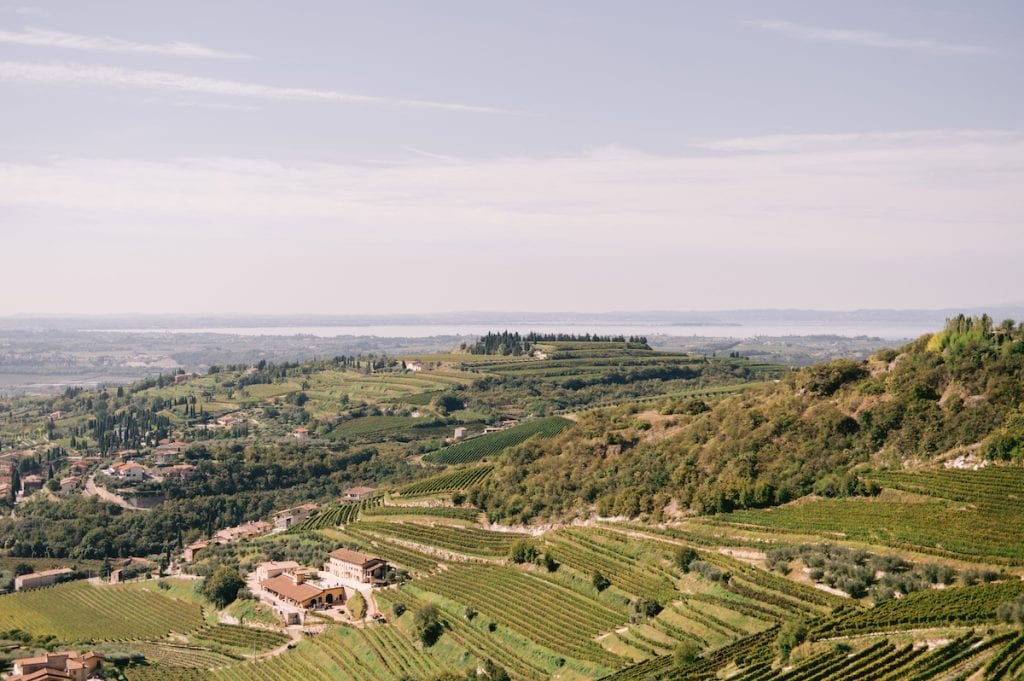
The proximity of Lake Garda, the mountains to the north, and the nearby Adige River govern the climate here, and as he prepared to replant the terraces dedicated to Valpolicella, Franco Allegrini refused to abide by a regulation that required the use of grape varieties considered to be of lower quality. As a result, the wine was downgraded to IGT Veronese — exactly as had happened in Chianti Classico with the first pure Sangiovese wines that no longer complied with the historic Tuscan denomination standards.
These were years of great excitement, driven by the pursuit of maximum sensory quality. But increasingly, thought was given to enhancing the value of the grapes from these sunny terraces, with an awareness that absolute quality does not exist — and that when a terroir has strength, talent, and personality, wine should reflect that character, even if it means sacrificing a deeper colour or a more complete fruit profile.
A long-awaited return
With the 2022 harvest and a renewed production regulation, the time was finally ripe for a return to the past — a kind of heartfelt embrace, like meeting a dear friend after a long time — and Grola has returned to take centre stage on the Valpolicella scene. Francesco Allegrini, now at the helm of the family business alongside his brothers Giovanni and Matteo and cousin Silvia, described it as an act of love towards the denomination and the hill itself, a kind of circular journey that brings you back to where you started, enriched by everything the journey has given you.
Today, the blend is made up of 70% Corvina, 25% Corvinone, and a splash of Rondinella. Syrah and Oseleta, once part of the IGT interpretation, have disappeared at different times, while the ageing process now uses barrels of various sizes, from barriques to 85-hl casks.
We recently had the chance to taste Grola ’22 in preview (on this return journey, the wine has dropped the definite article “La”, now reserved solely for the hill), and the first impression took us straight to Valpolicella. Its vibrant ruby colour shows transparent highlights typical of hillside Corvina, and the nose opens with ripe cherry, suddenly refreshed by bursts of black pepper and delicate floral notes. On the palate, it still reveals all the vitality of youth, solid and firmly built on its acidic backbone, with the tannins lending energy to the sip without being intrusive. The finish is long and pleasantly edgy, enhancing the characteristic savoury note of the grapes from La Grola.
The release totals 45,000 bottles, already being tasted in a select number of gourmet trattorias and osterias in Verona, and set for worldwide distribution in the coming days.

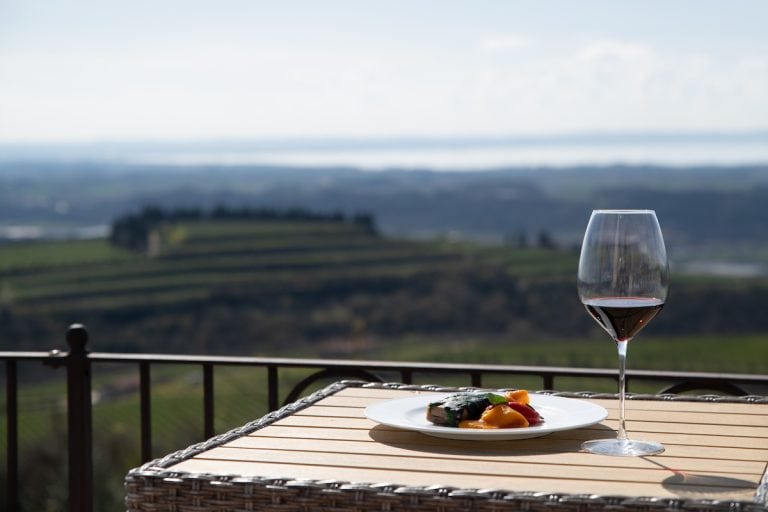
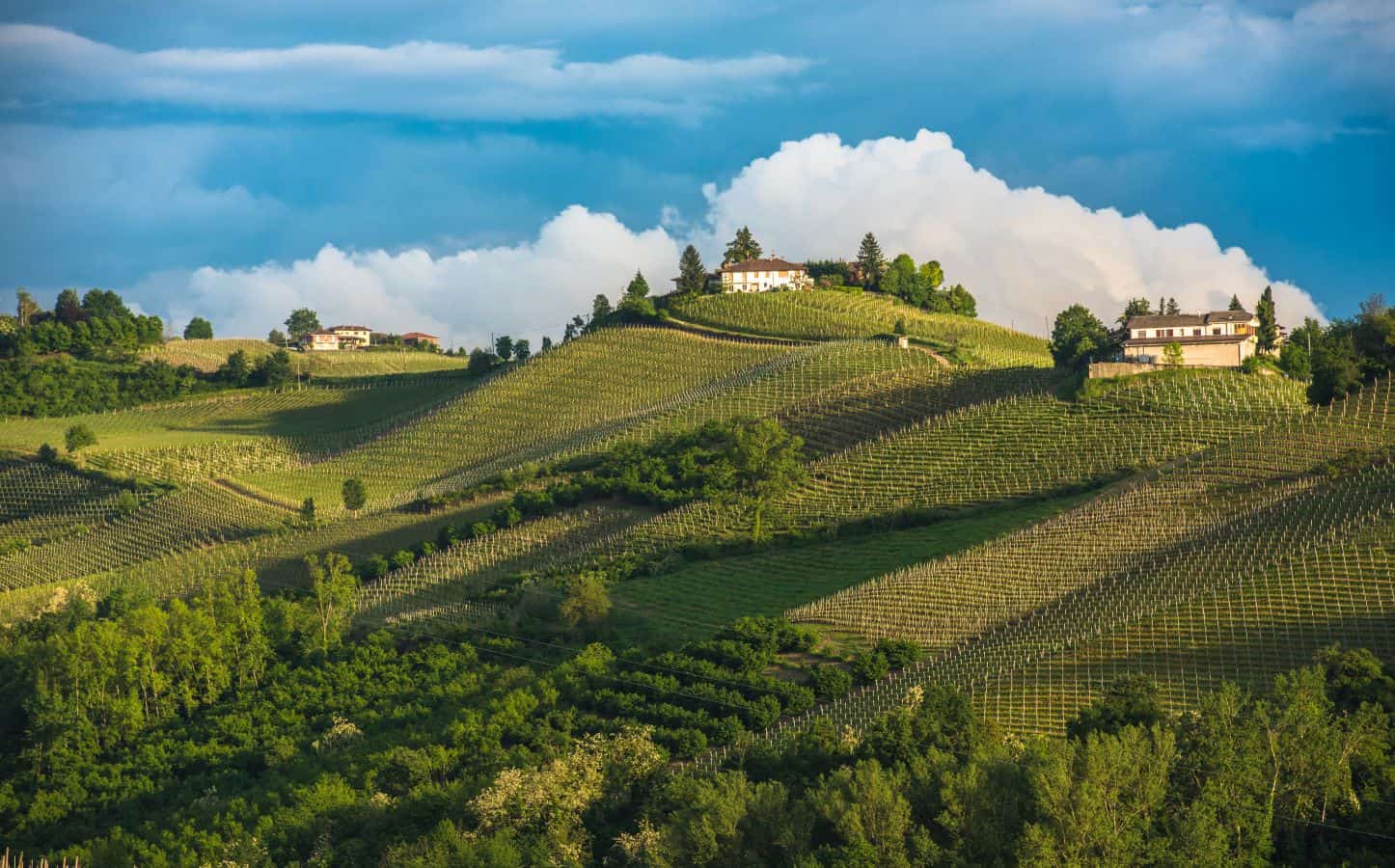 The UNESCO effect: tourism is growing, but there is a risk of losing identity
The UNESCO effect: tourism is growing, but there is a risk of losing identity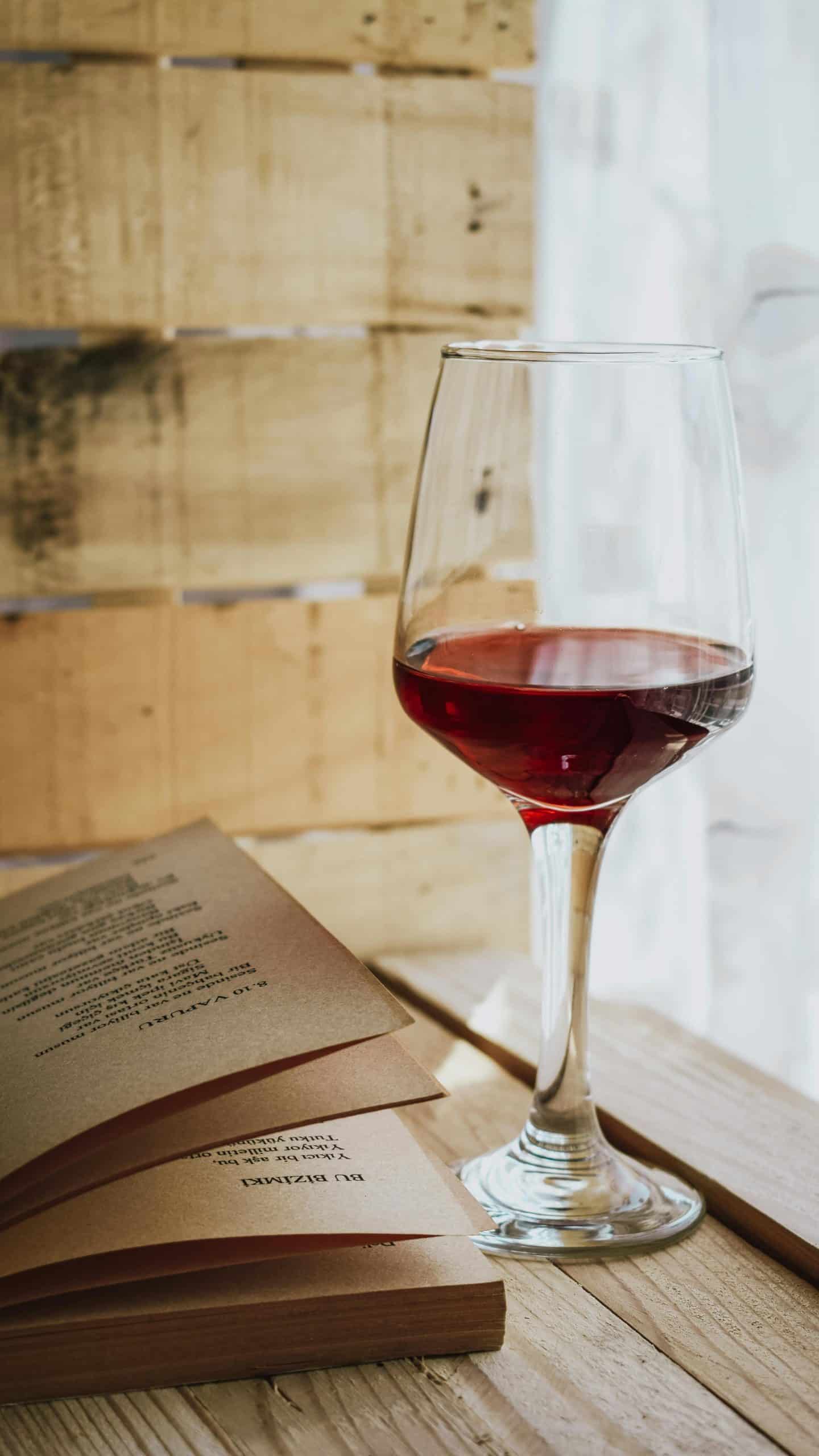 The perfect pairing? Wine and books
The perfect pairing? Wine and books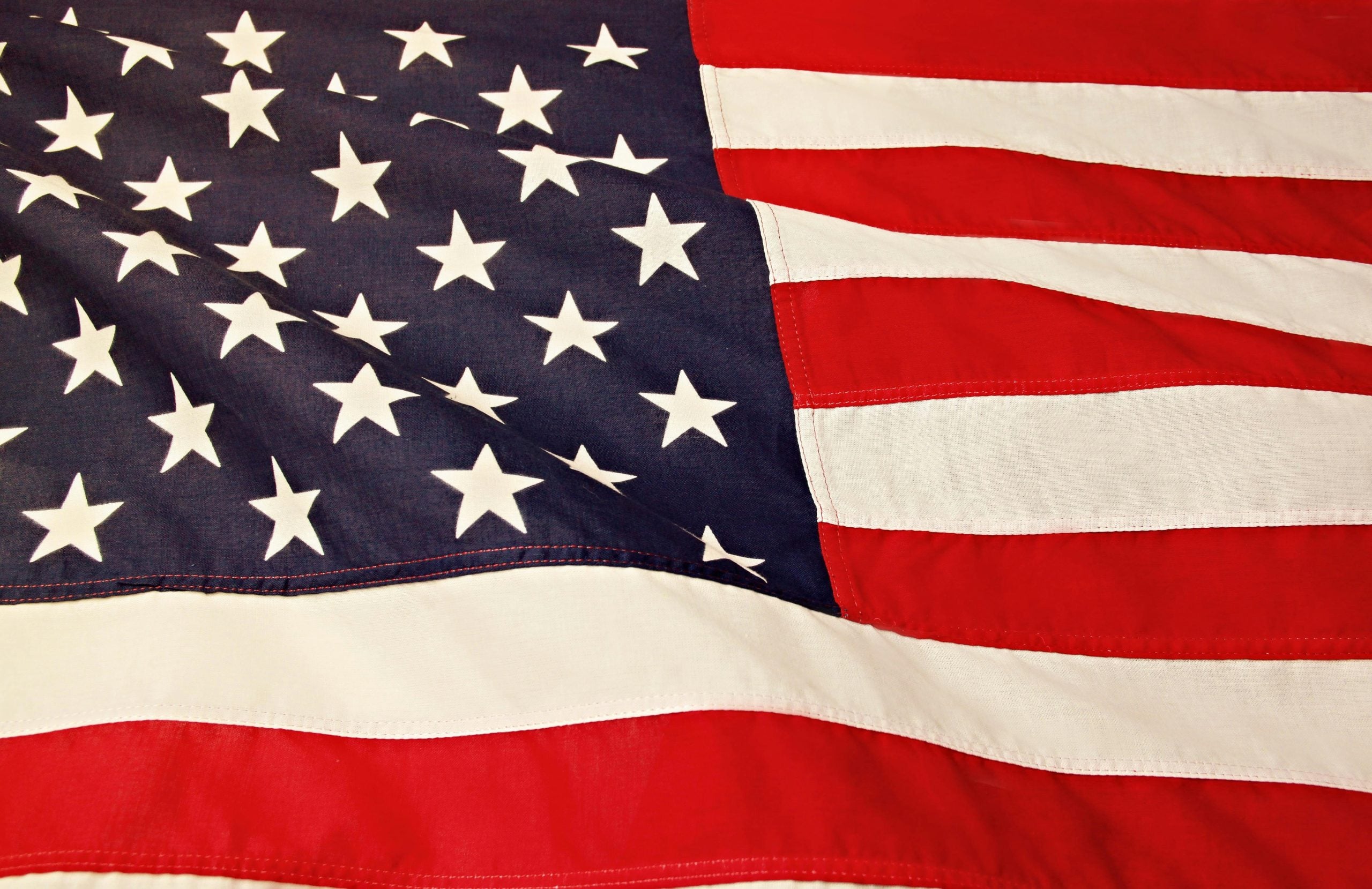 2025 was the year of Trump's tariffs – will 2026 be better for Italian wine in the US?
2025 was the year of Trump's tariffs – will 2026 be better for Italian wine in the US?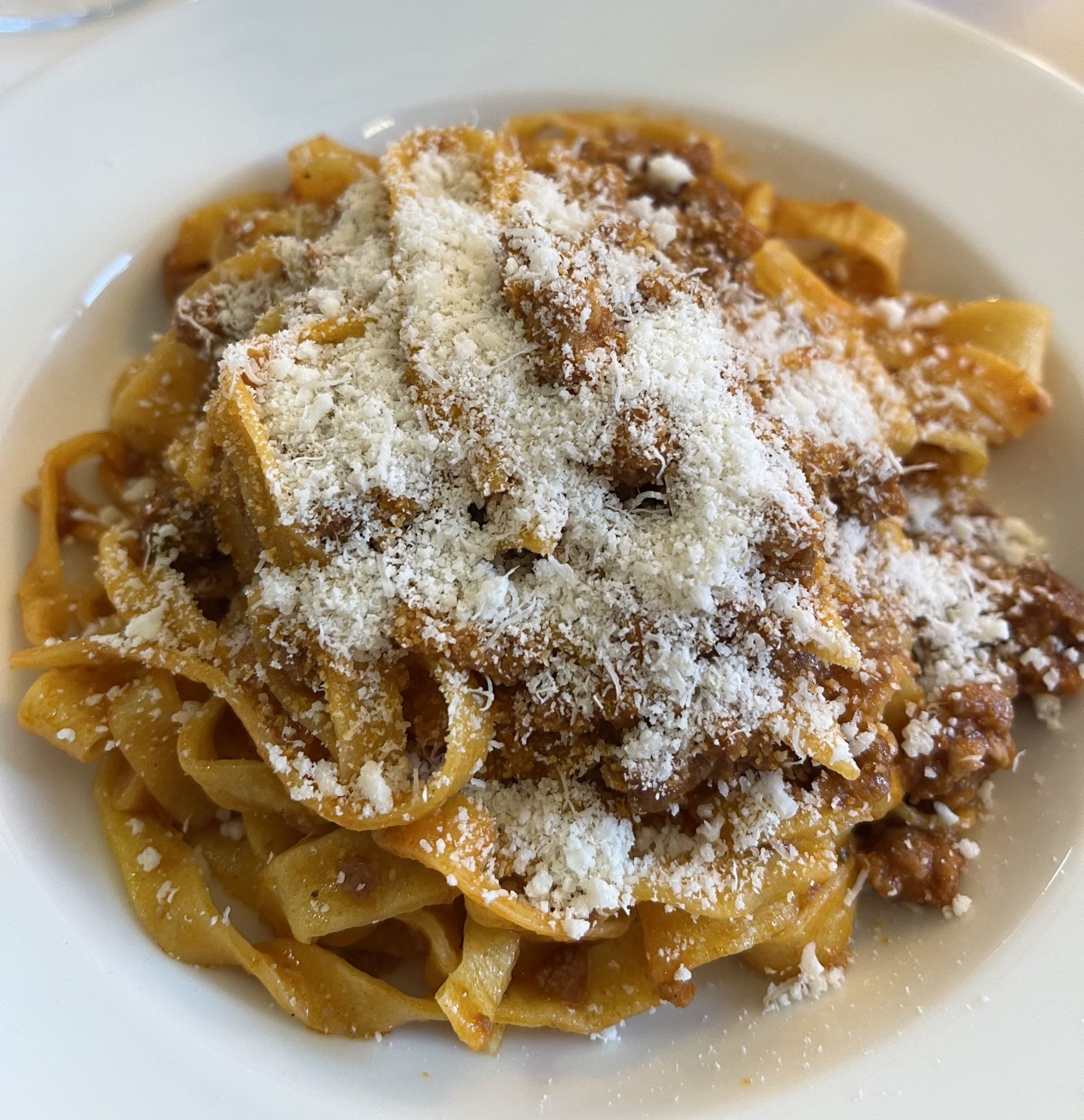 Italian cuisine recognised by UNESCO
Italian cuisine recognised by UNESCO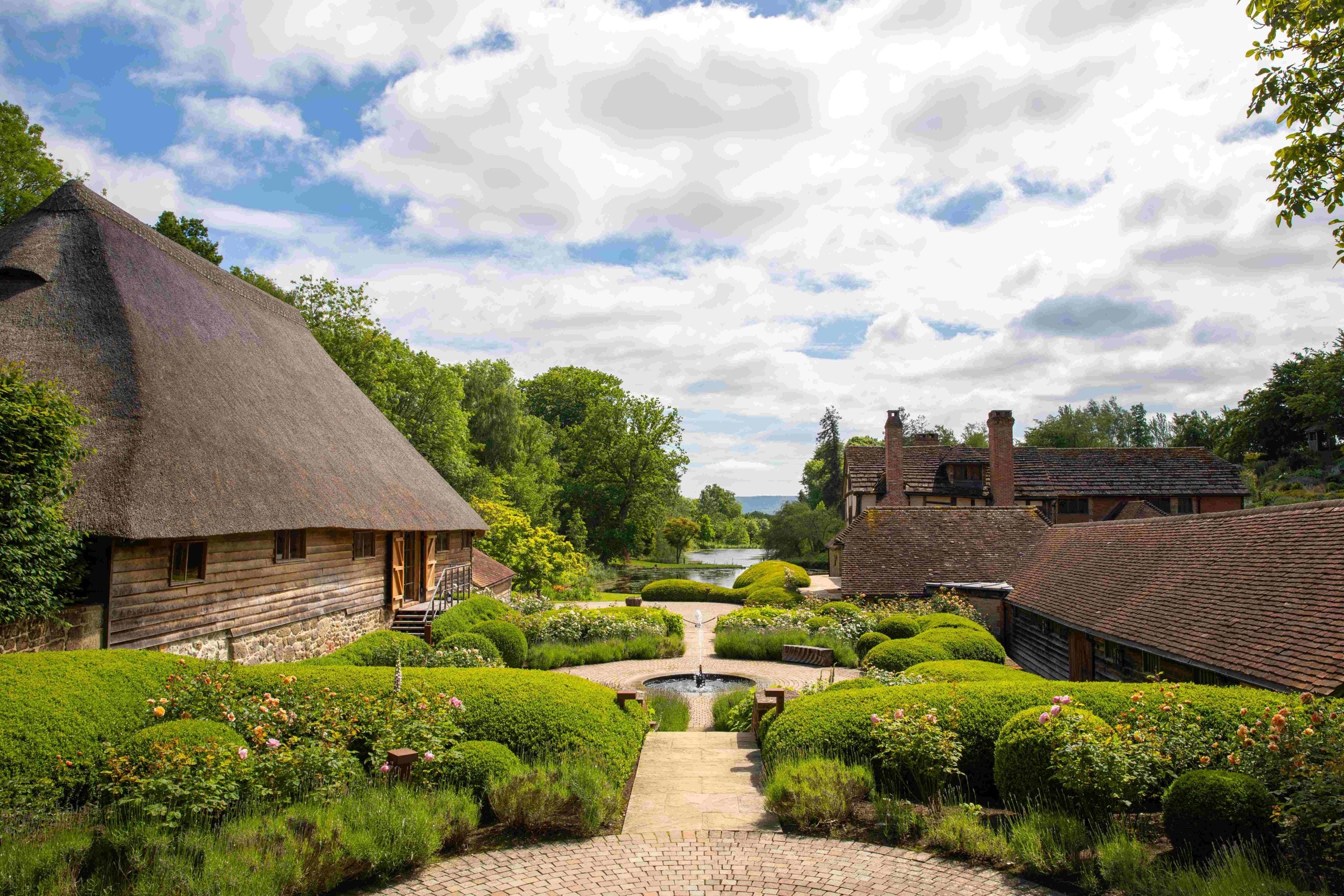 Where is English sparkling wine going?
Where is English sparkling wine going?